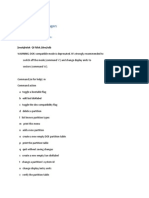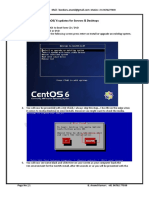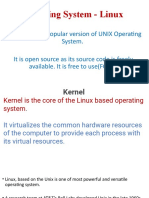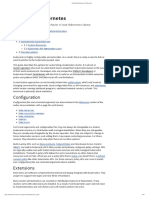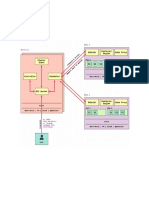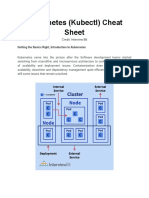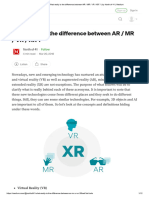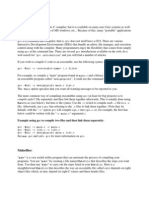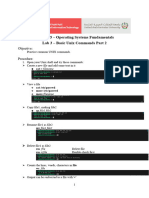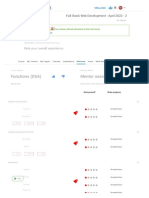0% found this document useful (0 votes)
201 views10 pagesKubernetes Namespaces
Kubernetes namespaces provide a mechanism to isolate groups of resources within the same cluster. The default namespaces are default, kube-system, and kube-public. Additional namespaces can be created through the kubectl CLI or a YAML file. Resources are scoped to a namespace and must have unique names within that namespace, but not across namespaces. Namespaces allow resources for different environments like dev, test, and prod to coexist in the same cluster.
Uploaded by
marcosnjCopyright
© © All Rights Reserved
We take content rights seriously. If you suspect this is your content, claim it here.
Available Formats
Download as PDF, TXT or read online on Scribd
0% found this document useful (0 votes)
201 views10 pagesKubernetes Namespaces
Kubernetes namespaces provide a mechanism to isolate groups of resources within the same cluster. The default namespaces are default, kube-system, and kube-public. Additional namespaces can be created through the kubectl CLI or a YAML file. Resources are scoped to a namespace and must have unique names within that namespace, but not across namespaces. Namespaces allow resources for different environments like dev, test, and prod to coexist in the same cluster.
Uploaded by
marcosnjCopyright
© © All Rights Reserved
We take content rights seriously. If you suspect this is your content, claim it here.
Available Formats
Download as PDF, TXT or read online on Scribd
/ 10
